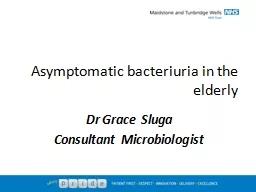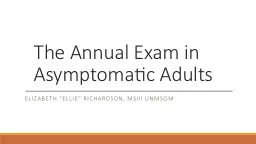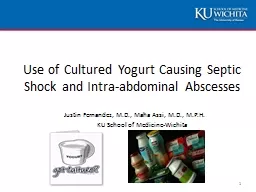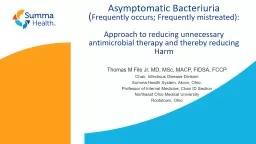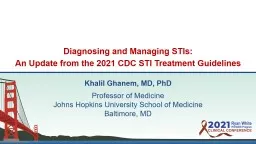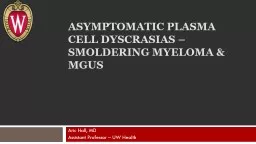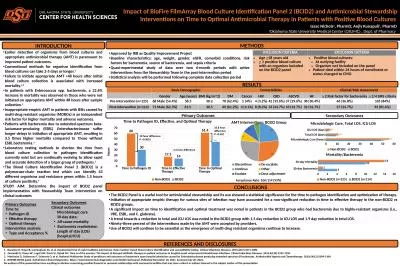PPT-Asymptomatic bacteremia and
Author : tatiana-dople | Published Date : 2018-03-21
CDCs Antimicrobial Resistance Laboratory Network in Nevada Julia Julie A Kiehlbauch PhD DABMM Objectives At the completion of the presentation attendees will be
Presentation Embed Code
Download Presentation
Download Presentation The PPT/PDF document "Asymptomatic bacteremia and" is the property of its rightful owner. Permission is granted to download and print the materials on this website for personal, non-commercial use only, and to display it on your personal computer provided you do not modify the materials and that you retain all copyright notices contained in the materials. By downloading content from our website, you accept the terms of this agreement.
Asymptomatic bacteremia and: Transcript
Download Rules Of Document
"Asymptomatic bacteremia and"The content belongs to its owner. You may download and print it for personal use, without modification, and keep all copyright notices. By downloading, you agree to these terms.
Related Documents


